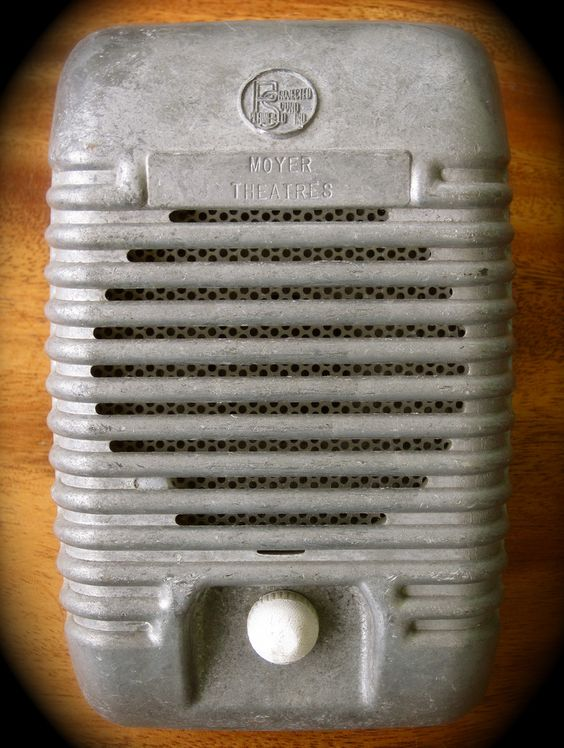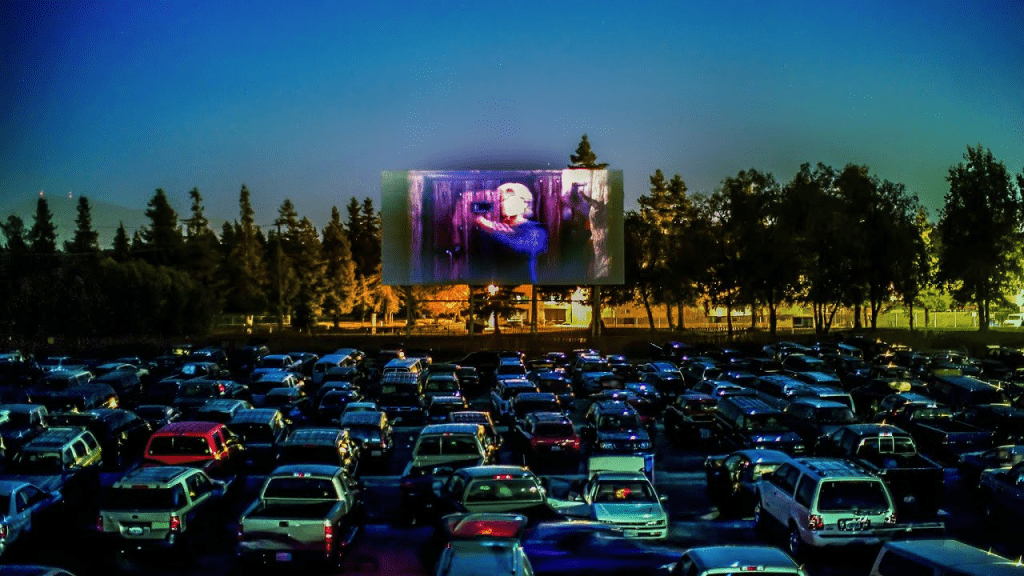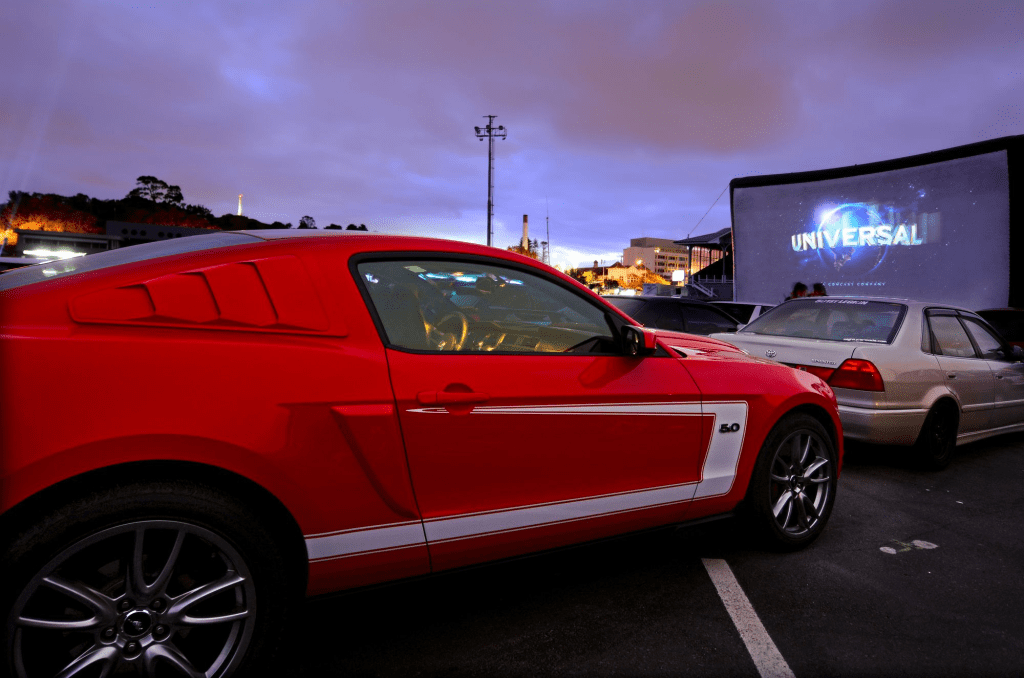Drive-in movie theaters have long held a special place in American culture. Many of us have heard stories from older generations about weekend outings at the local drive-in, sharing popcorn in the car, and watching movies under the stars. But do you know the history behind this classic movie experience? From its inception in the 1930s to its evolution over the decades, the drive-in has seen ups, downs, and a recent resurgence. Let’s dive into the fascinating history of drive-ins and see where they are now.
The Birth of Drive-In Theaters in the 1930s

The concept of drive-in theaters dates back to the early 20th century, with small-scale versions popping up as early as the 1910s. However, the first official drive-in with a patent was opened on June 6, 1933, in Camden, New Jersey. Richard Hollingshead, the man behind this innovation, wanted to create a movie-watching solution for people who found traditional theater seats uncomfortable. Inspired by this idea, he set up a mini drive-in in his own driveway to test his concept. After some trial and error, Hollingshead designed a theater setup that allowed moviegoers to enjoy films from the comfort of their own vehicles.
Hollingshead’s drive-in was an instant hit, especially with families. He advertised his theater as a place where everyone could have fun—no matter how noisy the kids might be. The idea caught on, and soon, drive-ins started appearing in other states across the country.
The Golden Age: Drive-Ins in the 1950s and 60s
Drive-ins reached their peak popularity in the 1950s and 60s, fueled by the post-World War II economic boom and the rise of car culture in America. By the mid-1950s, there were over 4,000 drive-in theaters across the United States. They were particularly common in rural areas, where land was more affordable. Drive-ins quickly became a staple for families looking for a budget-friendly night out and for teenagers seeking a fun, relaxed date night setting.
During this golden age, drive-ins offered more than just movies. Many featured playgrounds, picnic areas, and concession stands selling everything from burgers to ice cream. Double features and theme nights were common, creating a unique experience that distinguished drive-ins from traditional movie theaters.
Challenges and Decline: The 1970s and 80s
By the 1970s, the popularity of drive-ins began to wane. A number of factors contributed to this decline. For one, the oil crisis of the 1970s led people to drive smaller, more fuel-efficient cars, which were less comfortable for extended movie-watching. Additionally, drive-ins were largely dependent on favorable weather, limiting their operational days and making revenue less consistent.
To compensate for declining ticket sales, some drive-ins shifted from family-friendly films to slasher movies and exploitation films, trying to attract a different audience. However, the development of the VCR in the late 1970s offered an even bigger challenge: people could now rent movies and watch them at home. As a result, many drive-ins closed, and the land they occupied was often sold for more profitable developments like malls or residential complexes.
Drive-Ins in the Modern Era: Resurgence and Nostalgia

Despite a significant decline, drive-ins have never fully disappeared. In recent years, they’ve seen a resurgence, driven by nostalgia and a desire for unique entertainment experiences. Many drive-ins now cater to modern audiences by showing recent releases alongside classic films. Additionally, some theaters offer events like themed movie nights and family-friendly activities, reviving the sense of community that was once a hallmark of drive-in theaters.
Today, over 300 drive-ins are still in operation across the United States. States like Ohio, New York, and Pennsylvania have the highest number of operational drive-ins, while states like Hawaii, North Dakota, and Delaware no longer have any. Although they are far fewer in number than during their heyday, drive-ins continue to attract patrons with their charm and unique movie-watching experience.
Where to Find Drive-In Theaters Today

If you’re interested in visiting a drive-in, you’re in luck! Here’s a list of notable drive-ins across different regions of the United States:
Northeast
- Narrow Gauge Drive-In, Farmington, ME
- Northfield Drive-In, Hinsdale, NH
- Warwick Drive-In, Warwick, NY
- Shankweiler’s Drive-In Theater, Oroville, PA
- Bengies Drive-In Theatre, Middle River, MD
Southeast
- Hull’s Drive-In, Lexington, VA
- Raleigh Road Outdoor Theatre, Vance County, NC
- Starlight Six Drive-In, Atlanta, GA
- Silver Moon Drive-In, Lakeland, FL
- Malco Theatres, Memphis, TN
Midwest
- Field of Dreams Drive-In Theater, Liberty Center, OH
- Harvest Moon Drive-In, Gibson City, IL
- Capri Drive-In Theater, Branch County, MI
- Highway 18 Outdoor Theatre, Jefferson, WI
- Boulevard Drive-In Theater, Kansas City, KS
Southwest
- Admiral Twin Drive-In, Tulsa, OK
- Coyote Drive-In, Fort Worth, TX
- Fort Union Drive-In, Las Vegas, NM
- West Wind Drive-In, Glendale, AZ
West
- The Pasture Drive-In Theater, Gallatin County, MT
- American Dream Drive-In, Park County, WY
- Mesa Drive-In, Pueblo, CO
- 99W Drive-In, Newburg, OR
- Blue Fox Drive-In Theatre, Oak Harbor, WA
The Legacy and Cultural Impact of Drive-In Theaters
Drive-in movie theaters are much more than a nostalgic pastime; they represent a unique piece of American cultural history. For decades, they have provided a space where families, friends, and couples could gather for an evening of entertainment under the open sky. Although the number of drive-ins has decreased significantly, the ones that remain are beloved by their communities and continue to draw people looking for a fun, vintage experience.
In a world increasingly dominated by streaming services and on-demand entertainment, drive-ins offer a refreshing return to simplicity. Whether it’s a casual night out with friends or a special date night, a trip to the drive-in provides a sense of nostalgia and connection that is hard to find elsewhere. As long as there are people who appreciate this classic form of entertainment, the spirit of the drive-in will live on, adding a little more magic to movie nights.
So next time you’re planning a night out, why not consider a visit to a drive-in theater? You’ll get a taste of history, a dash of nostalgia, and a memorable movie-watching experience—all from the comfort of your car.


